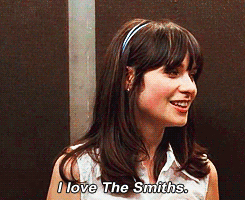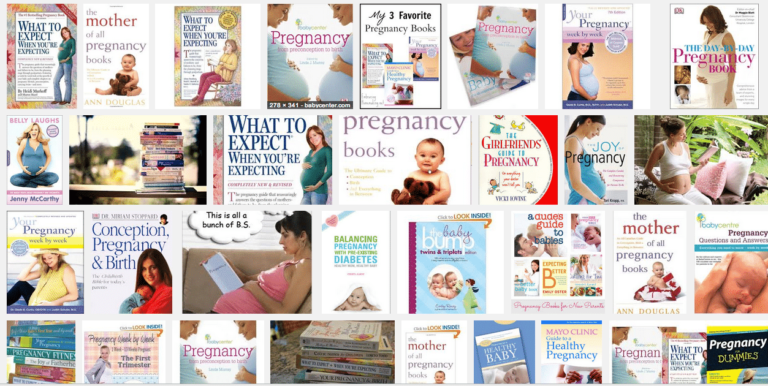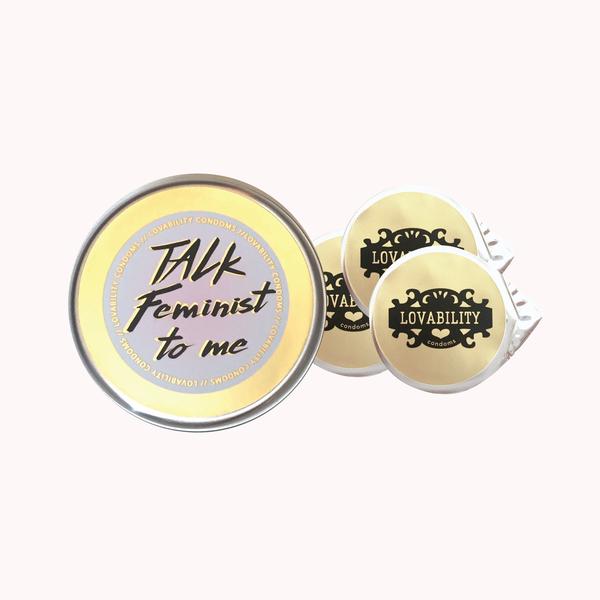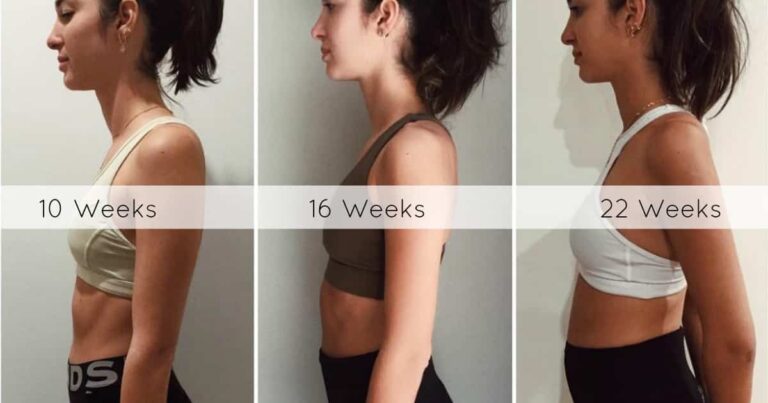Hospital To Discontinue Practice Of Swaddling, But Won’t Send A Nurse Home With You So You Can Actually Sleep
 It’s true that not every baby likes to be swaddled, but when they do, the technique is irreplaceable. My colic, anxiety-inducing son hated to be swaddled. He would scream until you unwrapped the blanket when he’d throw up his arms in surrender and finally sleep (sort of). My daughter when swaddled, however, made the baby faced equivalent to me eating a heaping bowl of fudge-swirl ice cream every night. Pure. Heaven.
It’s true that not every baby likes to be swaddled, but when they do, the technique is irreplaceable. My colic, anxiety-inducing son hated to be swaddled. He would scream until you unwrapped the blanket when he’d throw up his arms in surrender and finally sleep (sort of). My daughter when swaddled, however, made the baby faced equivalent to me eating a heaping bowl of fudge-swirl ice cream every night. Pure. Heaven.
So when I saw that Abbott Northwestern Hospital in Minneapolis is trading in those signature white blankets with the pink and blue stripe I nearly lost my cool. What? How could they do that? According to the Wall Street Journal:
As part of safe-sleep education programs, 1,000 hospitals are receiving free annual allotments of SleepSack-branded wearable blankets based on birth rates from Halo Innovations Inc., of Minnetonka, Minn. Company founder, Bill Schmid, lost a daughter to SIDS in 1991.
SIDS is a very real danger and I cannot fathom the sadness of losing an infant. But neither the article, nor the hospital, makes a case that swaddling increases the risk of SIDS or in any way puts babies at risk. It sounds like they were just willing to try the free product.
In 2006, Mr. Schmid began offering newborn-size sacks at no charge to hospitals that pay shipping costs. Hospitals can buy replacements at just over cost and at a discount to give or sell to new parents. Halo gives some proceeds to SIDS research and prevention groups such as First Candle, of Bel Air, Md., and it provides hospitals educational materials from First Candle promoting sacks over blankets.
Halo says the groups use its funding at their own discretion and it isn’t aware of specific studies linking wearable blankets to a lower risk of SIDS.
The infant sleep sacks have an open bottom, but mimic a swaddle by securing the baby’s arms to the body with fabric flaps using Velcro. According to the manufacturer, these features are “meant to make swaddling safer and easier by giving babies a secure feeling and freedom of leg movement without danger of loose fabric around the head.” But it won’t help your baby sleep — and more importantly won’t help new parents get that precious rest they need to keep up with a newborn’s demands.
We tried a version of this with our daughter and it simply didn’t compare. She was able to get out of it much easier than a blanket. This led to us waking up every hour, not to feed or change diapers, but to re-wrap her. We got so dependent on swaddling for a good night’s sleep that we kept her as a little baby burrito for more than four months. And every night that she got loose, she woke screaming. By three months we had that wrap technique down so perfectly because our sleep depended on it.
Like the American Academy of Pediatrics’ I think sleep sack products are great alternatives to blankets. In fact I’ve still got my four-year-old in one (they make them with feet cut out so they can walk around wearing them) when he doesn’t want to wear full fleece footie pajamas. They also come in cotton varieties so your kids can have a little coverage during cool spring nights. I’m not hating on sleep sacks, but swaddling a baby is still the best way to soothe and comfort the baby, not to mention give parents a rest. And nothing that isn’t supported by iron-clad scientific data should ever get in the way of parents getting a decent stretch of sleep when they can.
(photo: Vivid Pixels/Shutterstock)






